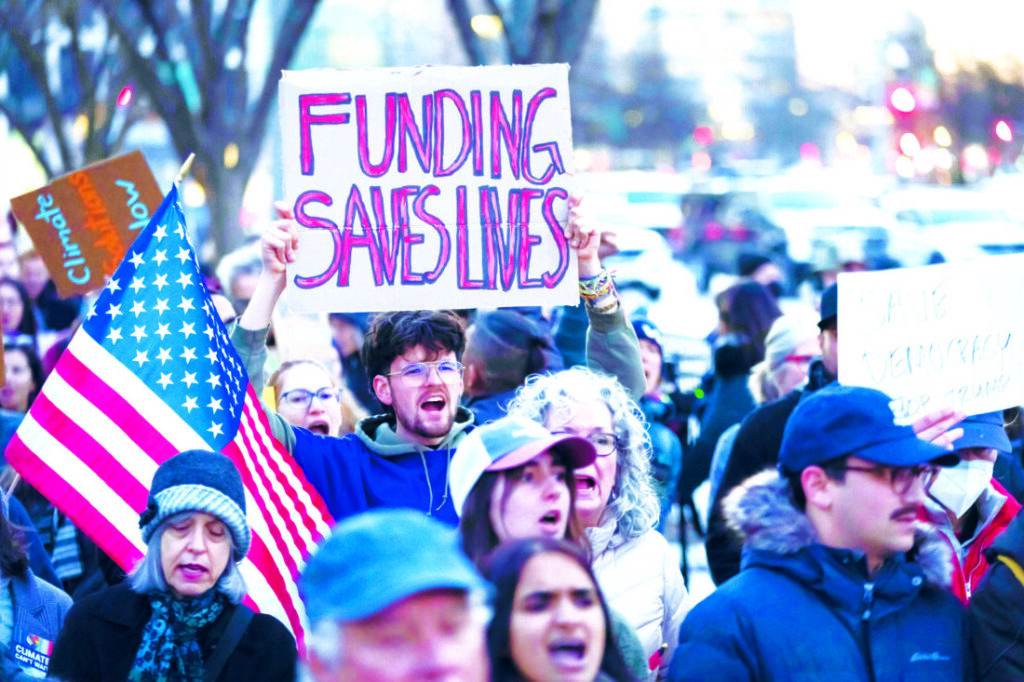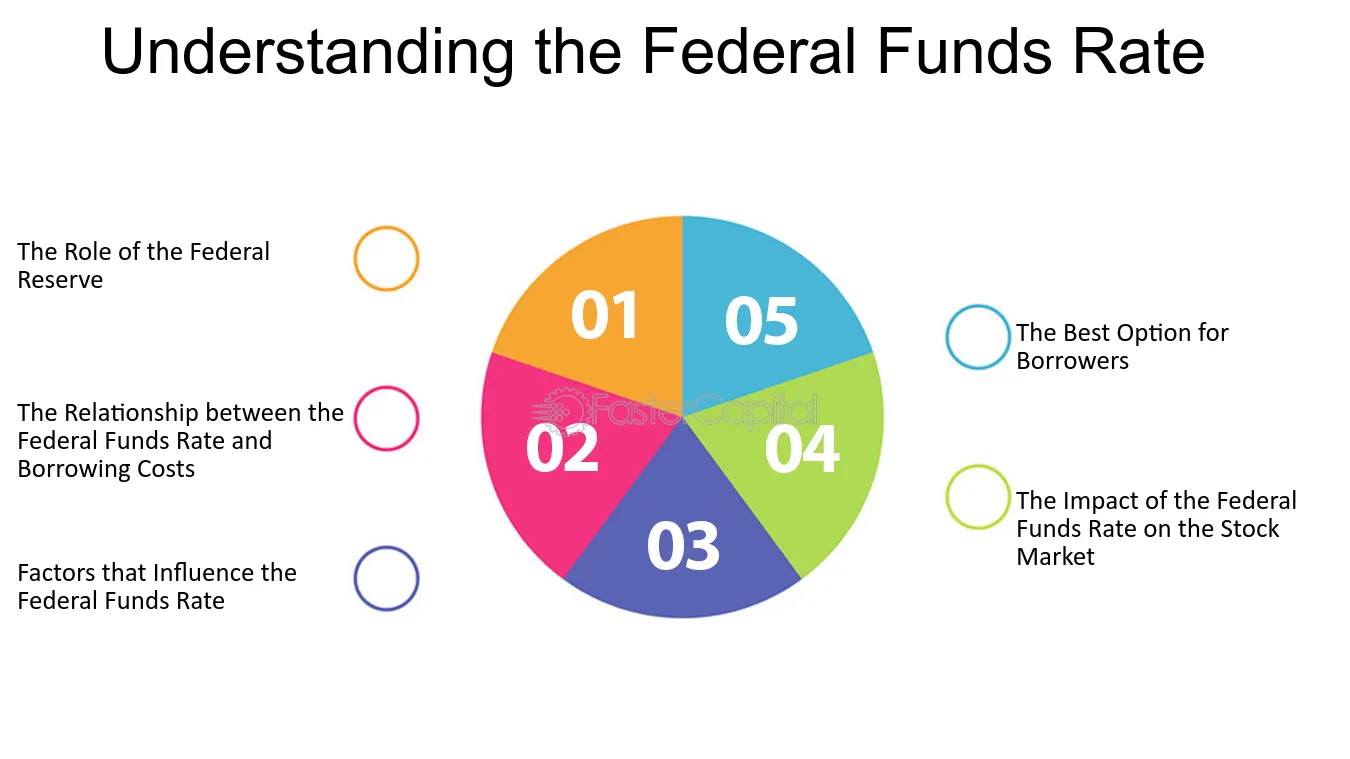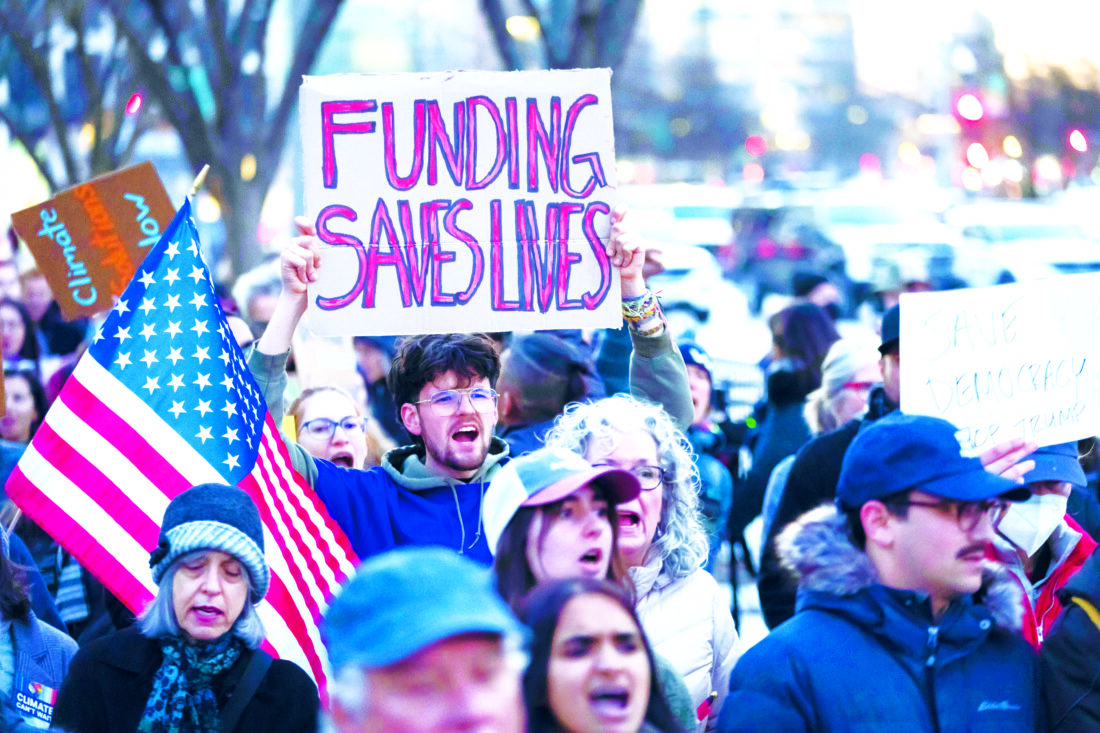Federal Funding Freeze
Imagine waking up to find your bank account frozen, bills piling up, and no way to access your funds. Now, picture this scenario on a national scale. That’s the reality of a federal funding freeze – a financial crisis that can bring the world’s largest economy to its knees. 🏛️💰❄️
As government operations grind to a halt and local communities struggle to keep essential services running, the ripple effects of a funding freeze can be felt far and wide. How do they impact our daily lives? And most importantly, what can be done to prevent or resolve them?

Understanding Federal Funding Freezes
A. Definition and purpose
A federal funding freeze is a temporary halt or suspension of financial allocations from the federal government to various programs, agencies, or initiatives. The primary purpose of such a freeze is to control government spending, address budget deficits, or reassess funding priorities. This measure is often implemented as part of broader fiscal policies or in response to economic challenges.
B. Historical context
Federal funding freezes have been a recurring feature in U.S. fiscal policy:
- 1980s: Reagan administration implemented freezes to curb government spending
- 2011: Obama administration froze federal salaries to address budget concerns
- 2017: Trump administration imposed hiring freezes across federal agencies
| Decade | Notable Funding Freezes |
|---|---|
| 1980s | Reagan’s spending cuts |
| 2010s | Obama’s salary freeze |
| 2010s | Trump’s hiring freeze |
C. Types of federal funding affected

Federal funding freezes can impact various sectors and programs:
- Discretionary spending
- Education grants
- Research funding
- Infrastructure projects
- Mandatory spending
- Social Security
- Medicare
- Veterans’ benefits
- Federal employee compensation
- Salary increases
- New hiring
- State and local government support
- Block grants
- Program-specific funding
These freezes can have far-reaching consequences across different levels of government and society. Understanding their scope is crucial for assessing their potential impact on various stakeholders.



0